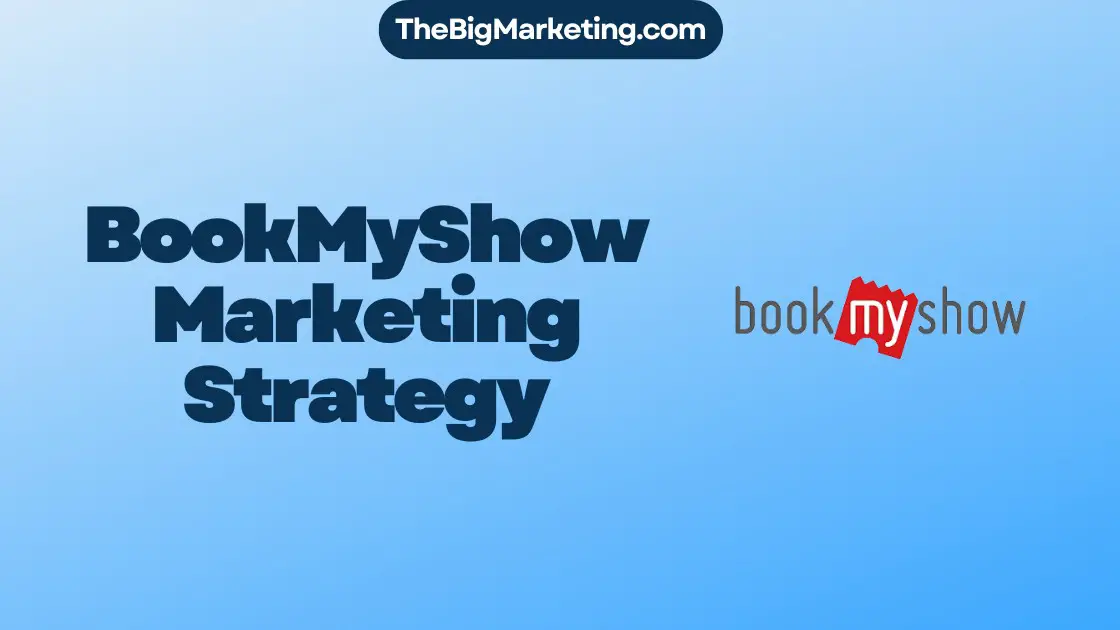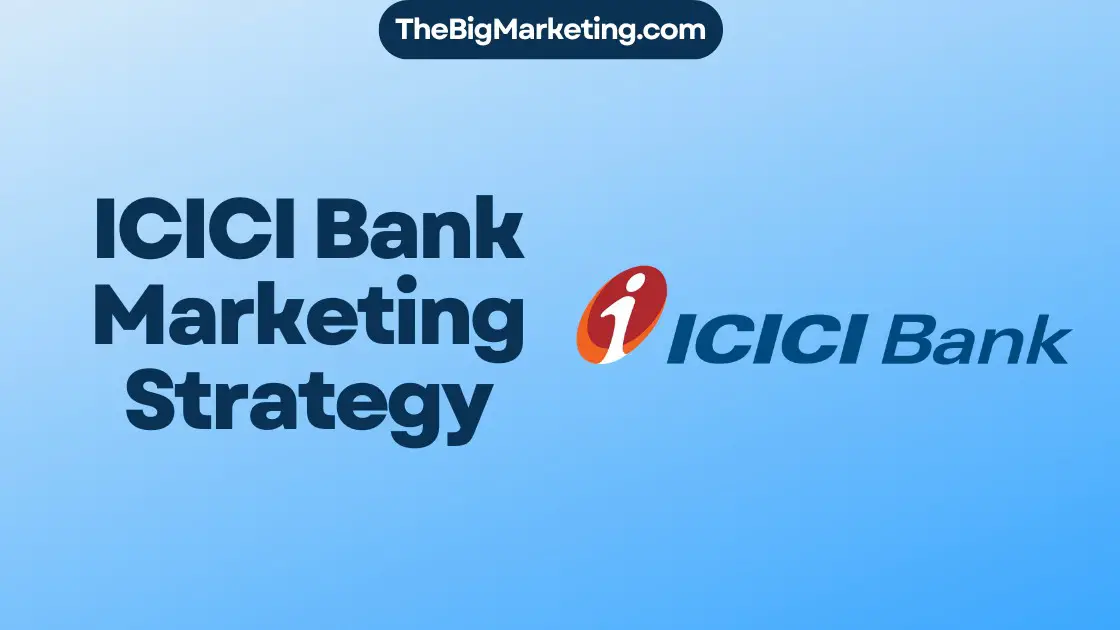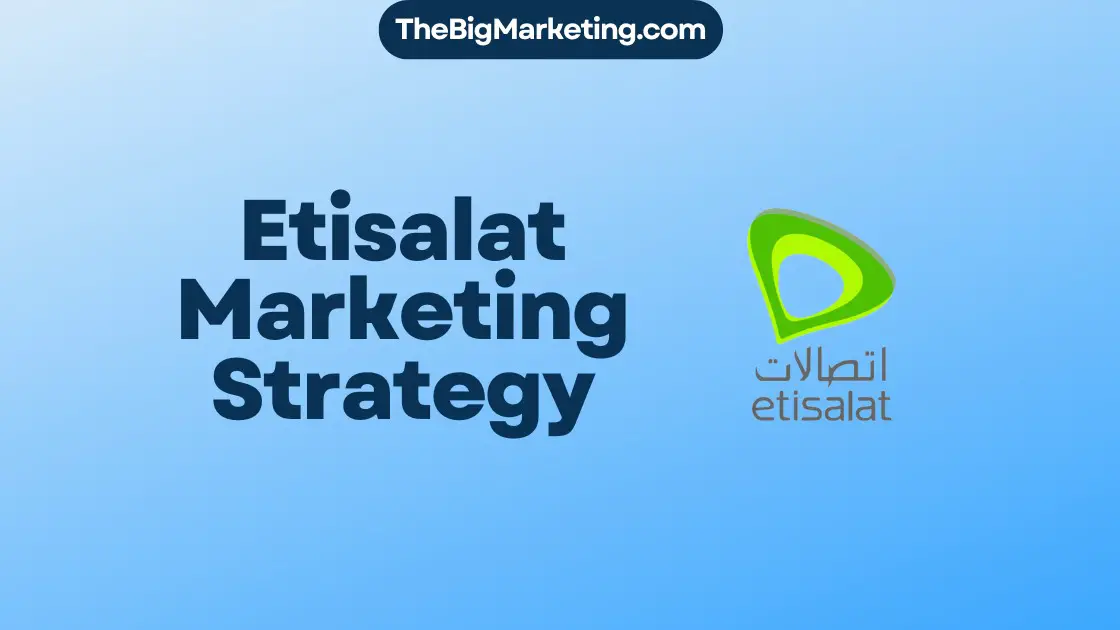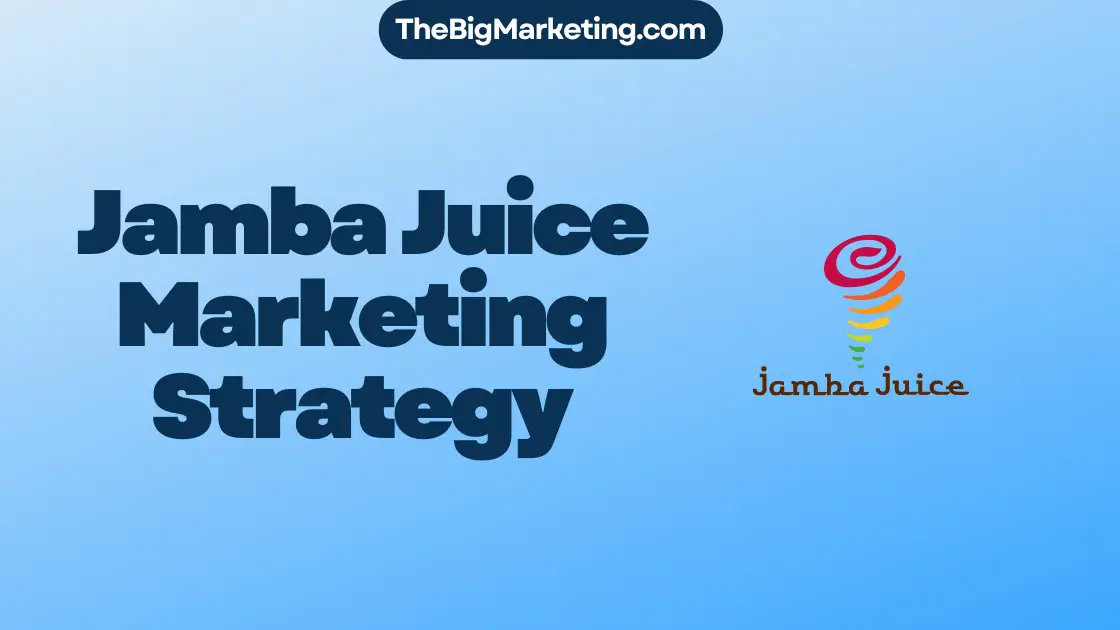In 2024, customer marketing strategy will play a crucial role in boosting business growth. This comprehensive guide will cover various aspects of customer marketing, including customer acquisition, customer retention, customer segmentation, customer lifetime value, customer journey mapping, customer relationship management, customer experience optimization, customer data analytics, and customer loyalty programs. The information in this guide is sourced from various reputable sources and provides valuable insights for marketers looking to optimize their customer marketing strategies in 2024.
Key Takeaways:
- Customer marketing strategy is vital for business growth in 2024.
- Key aspects of customer marketing include acquisition, retention, segmentation, lifetime value, journey mapping, relationship management, experience optimization, data analytics, and loyalty programs.
- Marketers can use this guide to enhance their customer marketing strategies based on reputable sources and valuable insights.
The Potential of the Metaverse for Customer Marketing
The concept of the metaverse presents a realm of possibilities for customer marketing. With a projected value reaching $678.8 billion by 2030, the metaverse offers opportunities for virtual product launches, tactile interactions, and immersive brand environments. Brands like Nike and H&M have already made significant advancements in leveraging the metaverse for customer marketing. The metaverse enables tailored campaigns that align with users’ digital behaviors, fostering community-building, and elevating loyalty and engagement to unprecedented levels.
Programmatic Advertising for Precise Targeting
Programmatic advertising is a powerful tool that enables marketers to achieve efficient ad placements and precision targeting. By automating the process of ad purchases and leveraging real-time placements, programmatic advertising maximizes value for brands while delivering relevant content to the right audience. This revolutionary approach allows marketers to optimize their campaigns and drive results with unparalleled accuracy.
One notable example of successful programmatic advertising implementation is Spotify, the popular music streaming platform. Spotify has harnessed the power of programmatic advertising to deliver personalized ads tailored to users’ listening habits and preferences. By analyzing millions of data points, Spotify creates highly targeted campaigns that resonate with their audience, resulting in higher engagement rates and increased brand loyalty.
One of the key advantages of programmatic advertising is its ability to reduce the cost per acquisition (CPA). By precisely targeting the most relevant audience segments, brands can optimize their advertising spend and minimize wasteful impressions. This targeted approach ensures that every ad placement has the highest probability of converting users into customers, ultimately driving business growth.
Furthermore, programmatic advertising offers brands the flexibility to adapt and scale their campaigns swiftly. Whether targeting a local audience or expanding globally, programmatic advertising allows brands to optimize their strategies according to changing market dynamics and consumer behaviors.
To highlight the benefits of programmatic advertising, let’s take a look at the comparison below:
| Traditional Advertising | Programmatic Advertising |
|---|---|
| Moderate targeting capabilities | Advanced precision targeting |
| Manually negotiated ad placements | Automated ad purchases and real-time placements |
| Higher cost per acquisition | Reduced cost per acquisition |
| Fixed campaign budgets | Flexible budget allocation |
As demonstrated by the comparison above, programmatic advertising offers a host of advantages over traditional methods, making it an invaluable tool for today’s marketers.
Programmatic Advertising Strategies
When implementing programmatic advertising, marketers can utilize various strategies to enhance their campaigns. These strategies include:
- Efficient Ad Placements: By leveraging real-time data, marketers can place ads on the most relevant platforms and at the most optimal times, ensuring maximum visibility and engagement.
- Precision Targeting: Utilizing customer data and behavioral insights, marketers can target specific audience segments with tailored messaging, resulting in higher conversion rates.
- Personalization: Customizing ad content and creative based on individual user preferences creates a more personalized experience, increasing the likelihood of user engagement and conversions.
In conclusion, programmatic advertising empowers marketers with the ability to achieve efficient ad placements and precision targeting. Brands like Spotify have already demonstrated the success of programmatic advertising in delivering personalized ads and reducing the cost per acquisition. As marketers continue to embrace this innovative approach, programmatic advertising will undoubtedly remain at the forefront of digital marketing strategies.
The Rise of Data-driven Marketing
Data-driven marketing has become an indispensable strategy in today’s digital landscape. By analyzing large sets of data, marketers gain valuable insights into customer preferences and trends that significantly impact the effectiveness of their marketing campaigns.
Through data analysis, marketers can uncover hidden patterns and correlations, allowing them to make informed decisions and tailor their marketing efforts accordingly. Understanding customer preferences is crucial for creating targeted and personalized content that resonates with the audience, making data-driven marketing a powerful tool for enhancing campaign effectiveness.
Furthermore, data-driven marketing enables marketers to identify the most effective channels and touchpoints for reaching their target audience. By leveraging valuable insights from data analysis, they can optimize their marketing campaigns and allocate resources to channels that generate the highest return on investment.
One of the key advantages of data-driven marketing is its ability to provide a comprehensive view of customer behavior throughout the customer journey. By tracking and analyzing customer interactions across multiple touchpoints, marketers can gain a deeper understanding of the customer’s needs, preferences, and pain points. This knowledge allows them to create relevant and personalized experiences that drive engagement and conversions.
Benefits of Data-driven Marketing
Data-driven marketing offers several benefits for marketers:
- Accurate targeting: By leveraging customer data, marketers can segment their audience and deliver highly targeted campaigns that resonate with specific customer segments.
- Improved customer retention: Understanding customer preferences and behavior enables marketers to proactively address customer needs and foster long-term loyalty.
- Optimized marketing spend: Data-driven insights help marketers allocate resources effectively, focusing on channels and tactics that generate the best results.
- Personalized customer experiences: By leveraging customer data, marketers can deliver personalized experiences that create a deeper connection with the target audience.
Overall, data-driven marketing empowers marketers with the knowledge and insights needed to create impactful and results-driven marketing campaigns.
Check out the table below for a visual representation of how data-driven marketing enhances marketing effectiveness:
| Traditional Marketing | Data-driven Marketing |
|---|---|
| Mass marketing approach | Segmented and targeted campaigns |
| Limited customer understanding | Deep insights into customer preferences |
| Generic messaging | Personalized and tailored content |
| Wasted ad spend on irrelevant audiences | Efficient allocation of resources for maximum impact |
By embracing data-driven marketing, businesses can unlock a wealth of opportunities to connect with their target audience, drive engagement, and achieve marketing success.
The Transforming Landscape of Content Marketing in 2024
Content marketing is a pivotal component of effective marketing strategies in the digital landscape. As we approach 2024, the realm of content marketing is poised for notable transformations. This section will delve into the projected changes in content marketing strategies and how businesses can adapt to maintain a competitive edge.
The Power of Social Storytelling
Social media platforms have become integral in content distribution and engagement. In 2024, brands will need to focus on creating compelling stories that resonate with their target audience. By leveraging the power of social storytelling, businesses can establish strong emotional connections, increase brand awareness, and encourage customer loyalty. Platforms like Facebook, Instagram, and TikTok will continue to play a crucial role in reaching and engaging audiences through captivating narratives.
Optimizing Presence on Platforms
With the increasing saturation of content on social media, businesses will need to optimize their presence to stand out from the competition. In 2024, it will be vital to understand each platform’s algorithms, user behavior, and preferences, enabling brands to tailor their content for maximum visibility and engagement. Investing in social media listening tools and analytics will help marketers gain valuable insights to guide their content marketing strategies.
Avoiding Engagement Bait
As algorithms evolve, platforms are cracking down on engagement bait – posts that explicitly ask users to like, comment, or share. In 2024, content marketers need to focus on creating high-quality, valuable content that encourages genuine engagement and fosters meaningful interactions. This shift will challenge brands to deliver exceptional content that captures their audience’s attention organically.
Rethinking Link Usage
The use of links in content is evolving to ensure a genuine presence in followers’ feeds. Platforms like Facebook have implemented algorithms that prioritize posts with native content over external links. In 2024, brands will need to rethink their link usage and prioritize native content creation to maintain visibility. This shift requires a focus on creating comprehensive, informative, and engaging posts that provide value to the audience without relying solely on external sources.
| Strategies | Benefits |
|---|---|
| Social storytelling | Establish emotional connections, increase brand awareness, and encourage customer loyalty |
| Optimizing presence | Maximize visibility and engagement through tailored content |
| Avoid engagement bait | Promote meaningful interactions and genuine engagement |
| Rethink link usage | Maintain visibility and prioritize native content for increased reach |
Seizing Control of Search Engine Results Pages (SERPs)
The search landscape is rapidly evolving, with users diversifying their search habits across various platforms. To capture the attention of your target audience, it is crucial for brands to prioritize their visibility on search engine results pages (SERPs).
Platforms such as Google, TikTok, and Instagram present unique opportunities for brands to narrate their brand stories and engage with their audience. However, mere presence is not enough to stand out in the crowded digital space. Brands must create compelling, optimized, and relevant content that aligns with their search strategies, fulfills their business objectives, and resonates with their audience.
To achieve success in search engine results pages, it is essential to collaborate with SEO professionals who specialize in content optimization. These experts have a deep understanding of search algorithms and can help brands identify relevant keywords, optimize website content, and enhance their overall online visibility.
By focusing on content optimization, brands can organically improve their rankings on SERPs and attract more organic traffic. Moreover, compelling and narrative-driven content allows brands to connect with their target audience on a deeper level, fostering meaningful relationships and driving brand loyalty.
When crafting content for search engine results pages, it is crucial to understand your audience’s search intent and deliver value through informative and engaging content. Additionally, regularly monitoring and analyzing search engine data and user behavior can provide valuable insights for refining your content strategy and staying ahead of the competition.
Embracing search engine results pages as a strategic channel for brand storytelling and audience engagement is vital for businesses in the digital landscape. By seizing control of SERPs through content optimization and narrating brand stories, brands can capture the attention of their target audience and achieve their marketing goals.
Evolving Advertising Options in the Changing Landscape
As the digital landscape continues to evolve, brands are presented with new and exciting advertising options to explore. With the recent reduction in prominence of brand content on Facebook, it’s important for marketers to reconsider their approach and explore alternative avenues for reaching their target audience.
Video Content: Engaging Audiences in a Dynamic Way
Video content has emerged as a powerful tool for brands to captivate and engage their audiences. With the rise of platforms like YouTube, TikTok, and Instagram Reels, brands can leverage video content to convey their brand message in a visually compelling and dynamic way. By creating high-quality videos that resonate with their target audience, brands can increase brand awareness, drive engagement, and generate leads.
Text-based Question Posts: Encouraging Interaction and Dialogue
Text-based question posts have gained popularity on social media platforms as an effective way to encourage interaction and dialogue with followers. By posing thought-provoking questions related to their products or industry, brands can spark meaningful conversations, gather valuable insights, and build a sense of community around their brand. This form of engagement not only strengthens brand loyalty but also provides brands with a deeper understanding of their audience’s preferences and needs.
Carousel Ads: Showcasing Multiple Products or Features
Carousel ads, offered by platforms like Facebook, allow brands to showcase multiple products or features in a single advertisement. This format enables brands to tell a visually compelling story while giving users the ability to explore and interact with different elements. By leveraging carousel ads, brands can provide a more immersive and personalized advertising experience, increasing the likelihood of driving conversions and sales.
Memes: Using Humor to Connect with Audiences
Memes have become a cultural phenomenon and an integral part of social media communication. Cleverly incorporating memes into advertising campaigns can help brands connect with their target audience on a more relatable and humorous level, leading to increased engagement and brand recognition. However, it’s essential for brands to ensure that their use of memes aligns with their brand identity and resonates with their target audience to avoid any potential backlash.
When implementing these advertising options, it’s crucial for brands to have a clear understanding of their objectives, target audience, and budget allocation. They should carefully select the appropriate campaign format and develop tailored content that speaks to the preferences and interests of their target audience. Collaborating with influencers can also be a highly effective strategy to amplify the reach of these advertising efforts. Finally, brands should actively promote and monitor the performance of their campaigns to make data-driven optimizations and maximize their return on investment.
| Advertising Option | Advantages | Examples |
|---|---|---|
| Video Content | Engaging, visually compelling | YouTube, TikTok, Instagram Reels |
| Text-based Question Posts | Encourages interaction, gathers valuable insights | Instagram, Twitter |
| Carousel Ads | Showcases multiple products/features, immersive experience | |
| Memes | Connects with audiences through humor, increases engagement | Wendy’s, Denny’s |
AI Applications in Marketing
Artificial Intelligence (AI) brings numerous applications to the field of marketing, revolutionizing the industry with its potential. By harnessing AI’s capabilities, marketers can gain invaluable data insights, enhance personalization efforts, and automate various marketing tasks.
1. Data Insights
AI models have the ability to analyze vast amounts of customer data, enabling marketers to uncover valuable insights. These insights can help identify patterns and trends, allowing brands to better understand customer behavior, preferences, and needs. By leveraging AI-driven data insights, marketers can make informed decisions, tailor their marketing strategies, and improve overall campaign performance.
2. Personalization
Personalization is a crucial aspect of modern marketing, and AI plays a significant role in enabling effective personalization efforts. By leveraging AI algorithms, brands can deliver real-time and highly personalized content to their target audience. From personalized recommendations to customized email marketing campaigns, AI algorithms analyze customer data, taking into account their preferences, interests, and behaviors to provide a personalized experience that resonates with customers.
3. Influencer Marketing
AI tools can be instrumental in influencer marketing campaigns. AI algorithms can analyze an influencer’s relevance, engagement metrics, and audience demographics to identify the best-suited influencers for specific campaigns. By leveraging AI-powered influencer marketing platforms, brands can find the right influencers to collaborate with, ensuring their campaigns reach the desired audience and achieve maximum impact.
4. Marketing Automation
Marketing automation is another area where AI excels, providing efficiency and scalability. Through AI-powered automation tools, marketers can automate repetitive tasks, such as email marketing, social media scheduling, and lead nurturing. AI-based automation allows marketers to streamline their workflows, save time, and focus on strategic initiatives that drive business growth.
| AI Applications | Benefits |
|---|---|
| Data Insights | Uncover valuable customer insights, identify trends, and make informed decisions. |
| Personalization | Deliver highly targeted and personalized content to engage and resonate with customers. |
| Influencer Marketing | Identify the most relevant influencers for campaigns, ensuring maximum impact and reach. |
| Marketing Automation | Automate repetitive tasks, streamline workflows, and focus on strategic initiatives. |
As technology continues to advance, AI applications in marketing will only become more prevalent and impactful. By embracing AI, marketers can leverage data insights, enhance personalization, optimize influencer collaborations, and streamline their marketing efforts through automation. Incorporating AI into marketing strategies can lead to improved efficiency, better customer experiences, and ultimately, greater success in today’s competitive landscape.
Conclusion
Developing an effective customer marketing strategy is crucial for driving business growth and achieving long-term success. By embracing emerging trends like the metaverse, programmatic advertising, data-driven marketing, and content marketing transformations, marketers can optimize their strategies to meet the ever-evolving demands of their target audience.
One key aspect of success lies in leveraging diverse advertising options and staying proactive in adapting to the ever-changing digital landscape. By exploring alternative platforms, such as TikTok and Instagram, and creating compelling and relevant content, brands can captivate their audience and narrate their unique brand stories in a captivating manner.
Furthermore, staying ahead of the curve with AI applications in marketing allows brands to unlock valuable data insights, personalize their offerings at scale, and automate various marketing tasks. This not only enhances marketing efficiency but also enables impactful influencer marketing campaigns and effective marketing automation.
Implementing a customer-centric approach by continuously refining customer marketing strategies and embracing innovation will position businesses for success in 2024 and beyond. By focusing on customer satisfaction, brands can not only drive growth but also cultivate a lasting relationship with their target audience, fostering loyalty and propelling business success for years to come.







